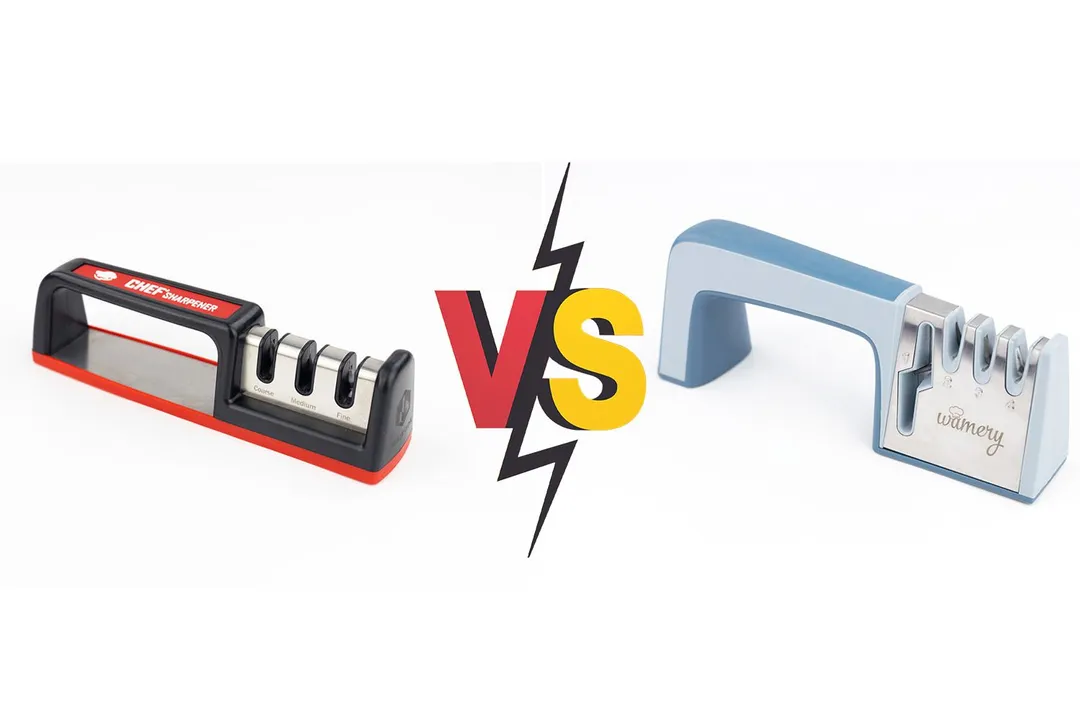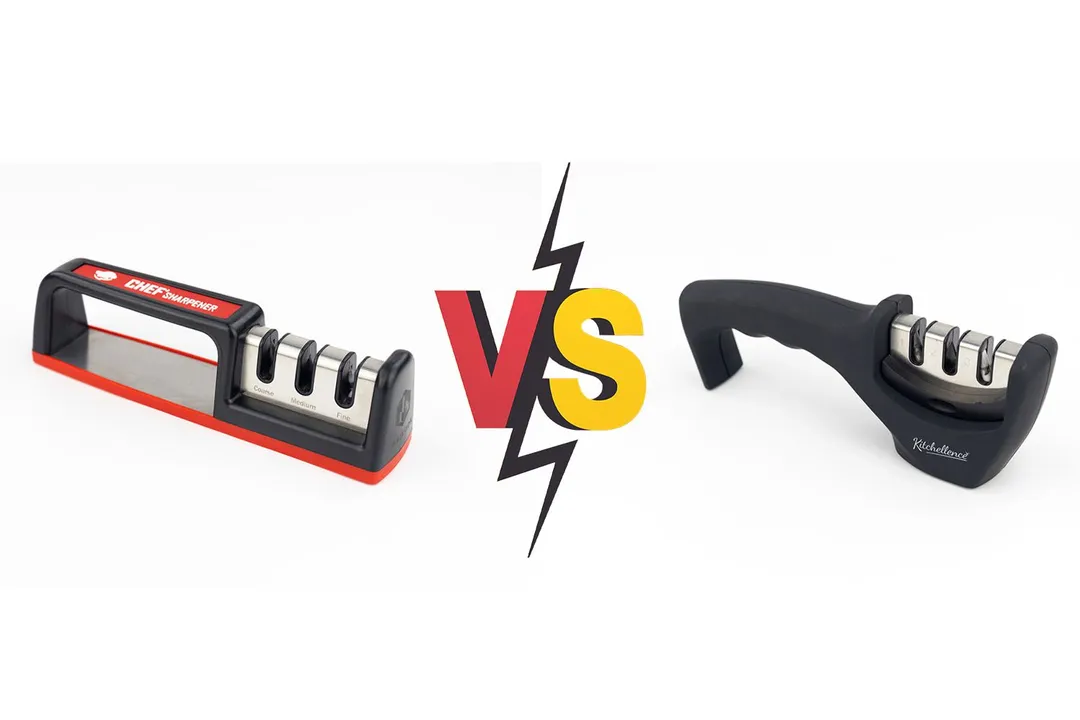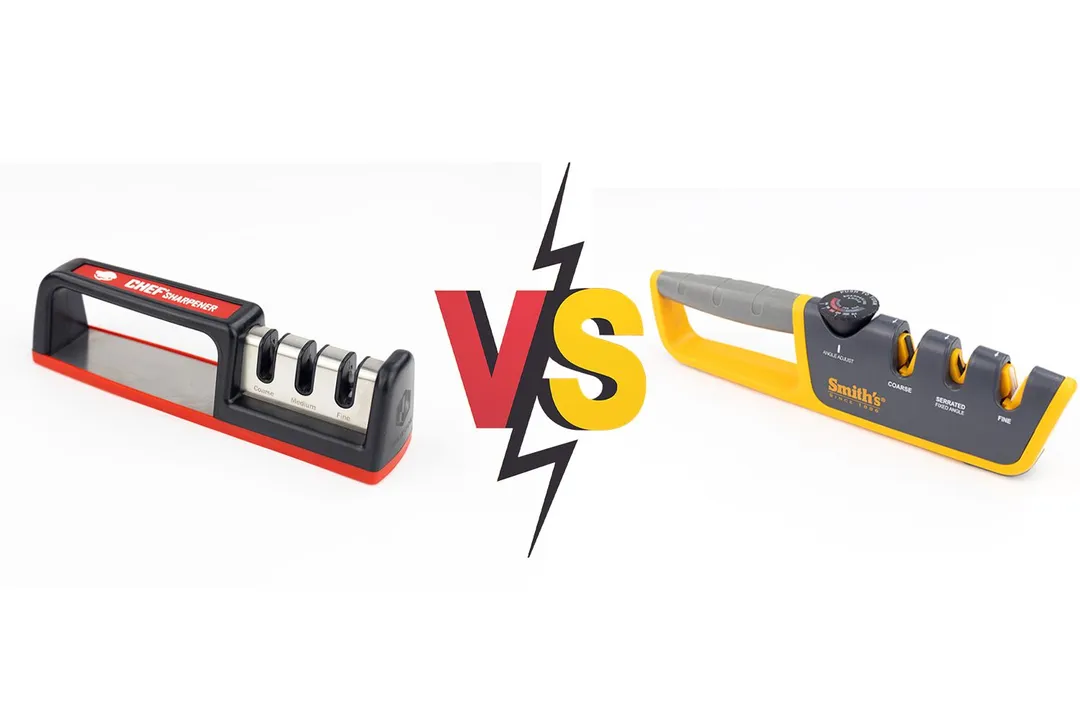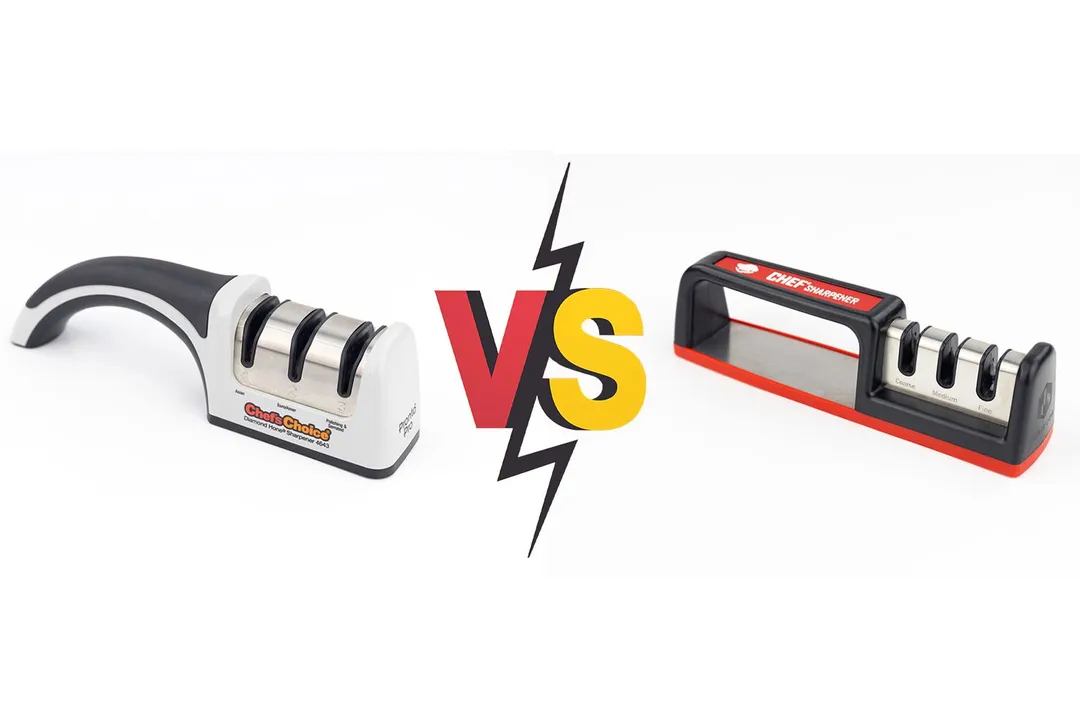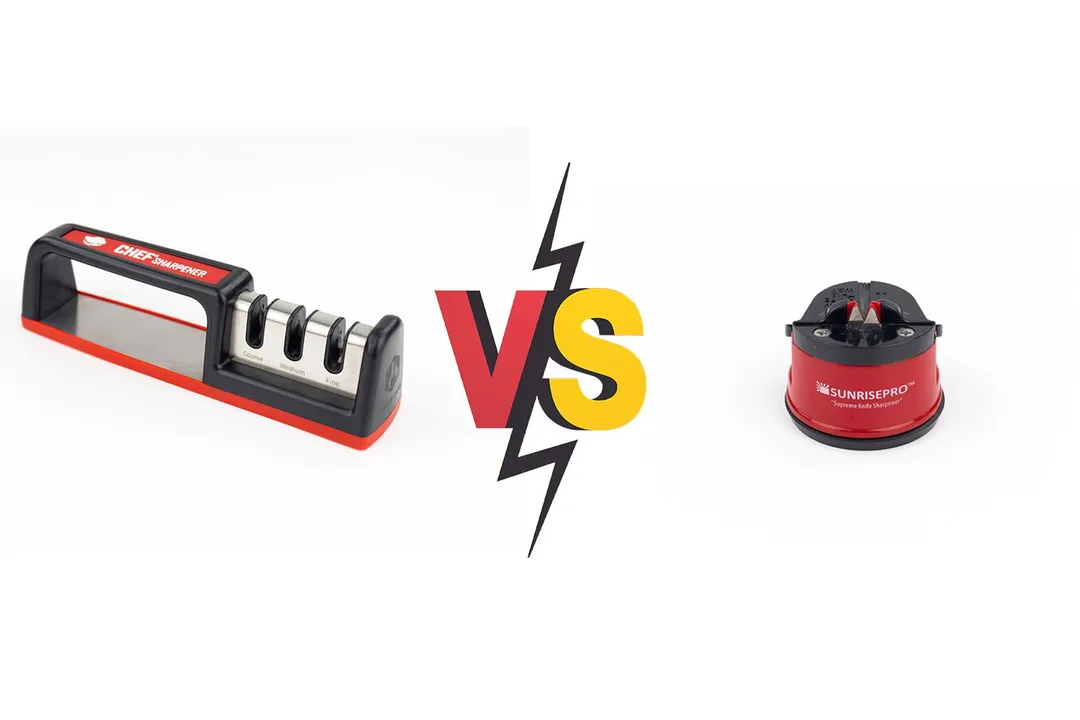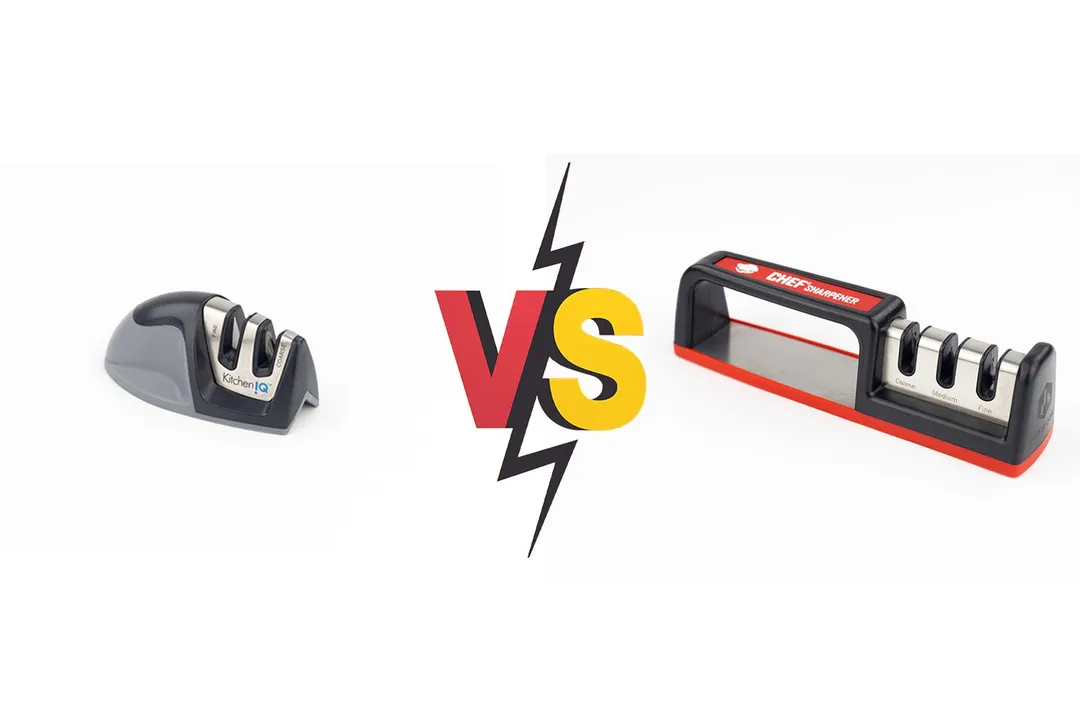Our recommendations are made independently through Research & Testing. We may receive commissions from purchases made via our links.
Amesser A-65 vs. Cubikook CS-T01 Side-by-Side Comparison
We tested and compare the Amesser A-65 and the Cubikook CS-T01 manual sharpeners. Here’s what we found.
Amesser A-65
Tested Using Methodology v1.1Cubikook CS-T01
Tested Using Methodology v1.1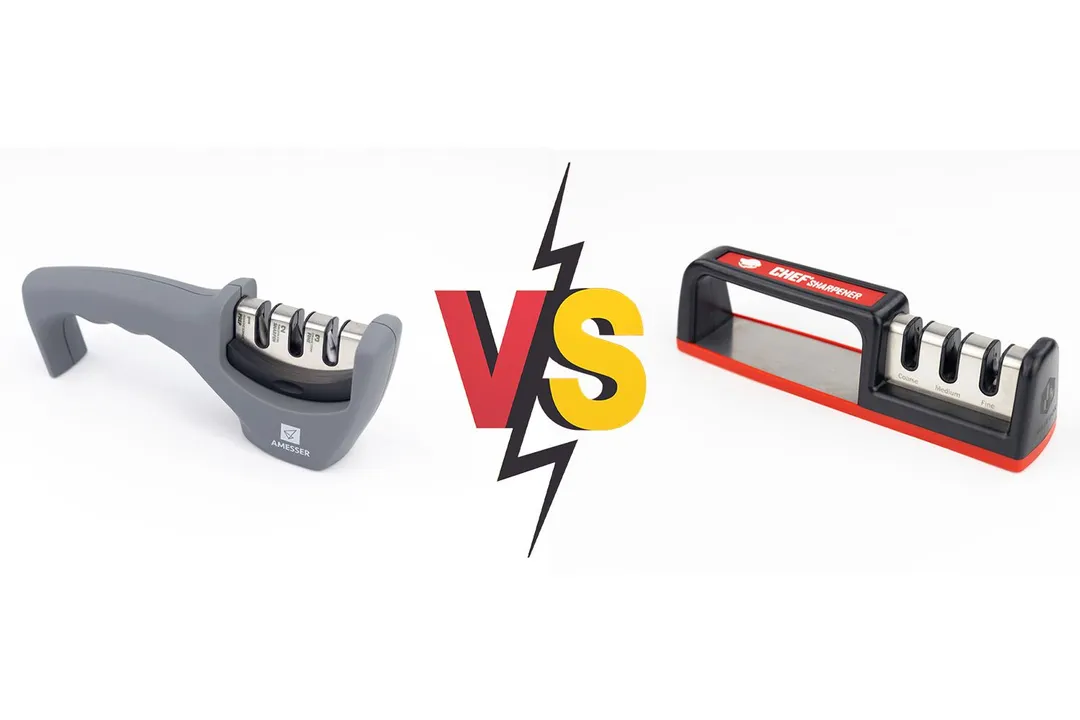
Overall Verdict
The Amesser A-65 and the Cubikook CS-T01 are good sharpeners, but if you’re looking for a device that can sharpen quickly without being too harsh on the knife, the latter is the better choice.
The sharpeners are well-designed and offer great stability during sharpening, with the Amesser benefiting from its weighted base while the Cubikook, from its low working section. Both are simple to use, though the Amesser’s soft finish and ergonomic handle make it more appealing to work with.
They sport very similar working sections, with diamond-coated rods, tungsten carbide blades, and ceramic rods as abrasives. However, the Cubikook garnered better scores in all performance categories. It took less time to sharpen and removed significantly less material from the knife’s edge.
Pros & Cons
- Affordable
- Instinctive and easy to use
- Well-built with a solid design
- Grippy and comfortable handle
- Safety glove included
- Excellent stability
- Affordable price
- Consistent sharpness
- Solid and sturdy construction
- Tapered base
- High center of gravity
- Small ceramic rods
- Flaky brand label
Key Specs
Where to Buy
*You help support HealthyKitchen101's product testing and reviews by purchasing from our retail partners.
Analysis and Test Results
Performance
Sharpening Time to Cut a Lemon
Material Retention



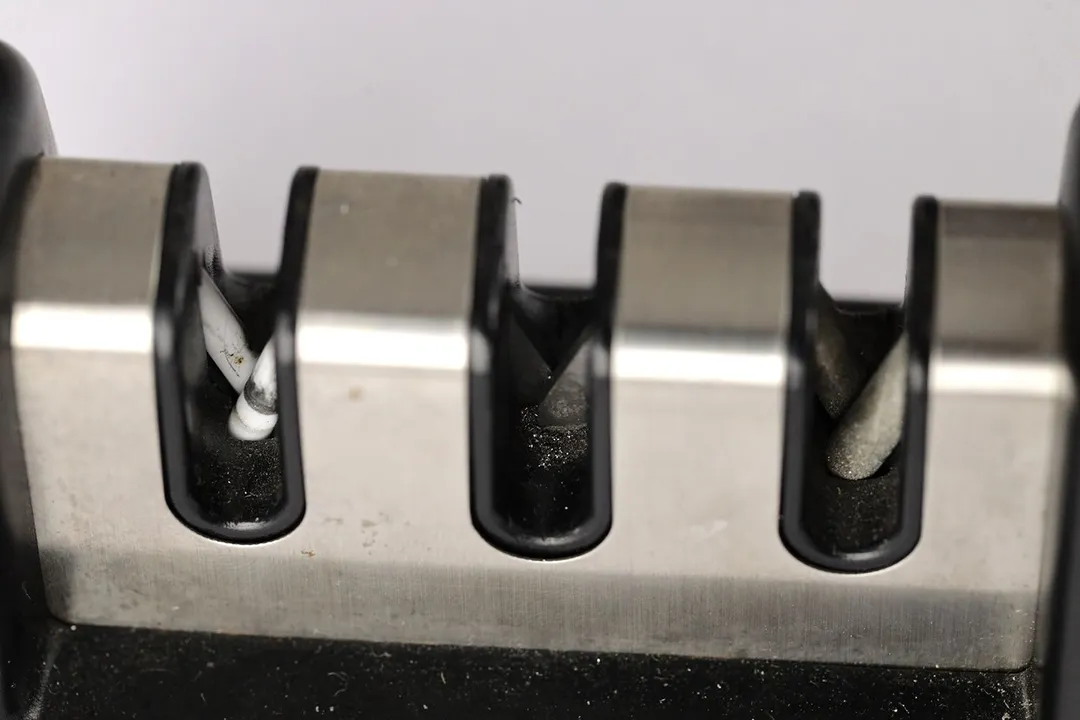
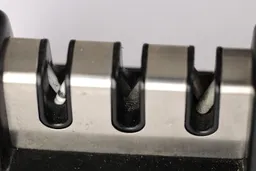
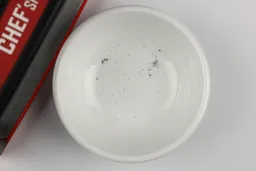
Maximum Sharpness Achieved
Edge Smoothness


Design
In the Box

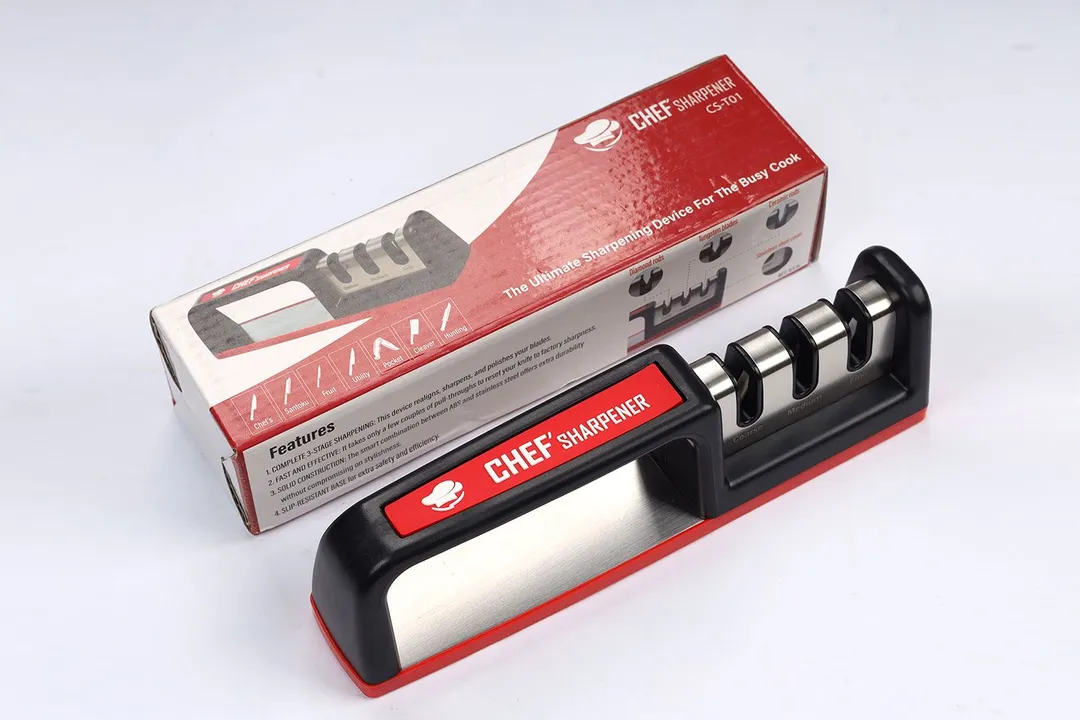
Dimensions
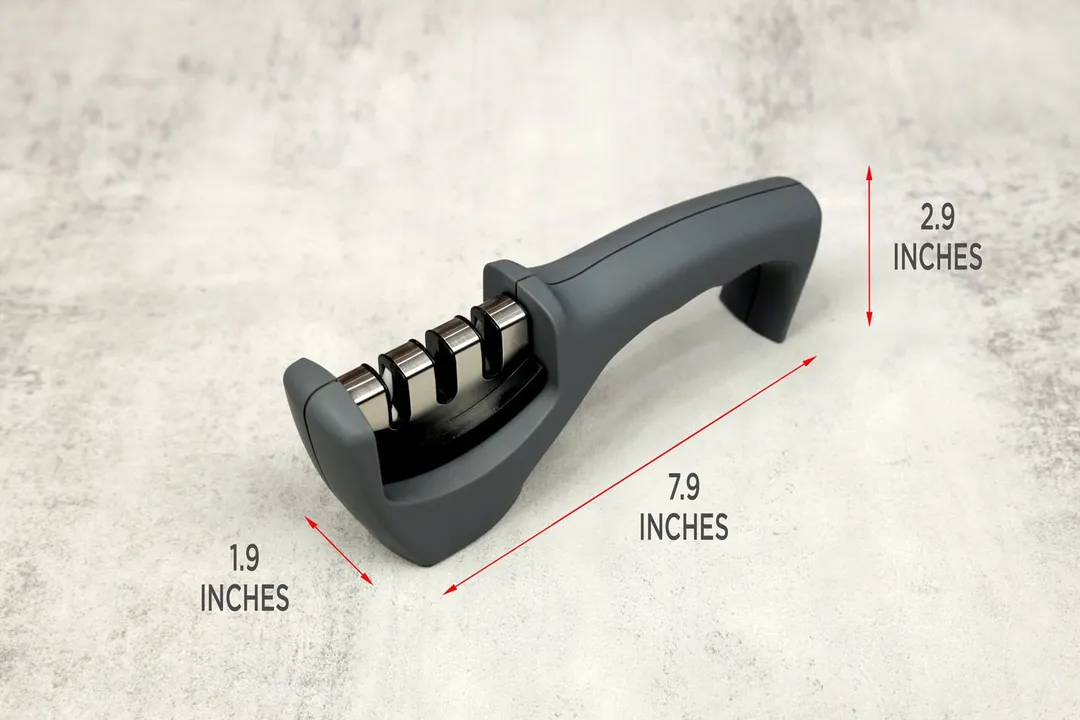
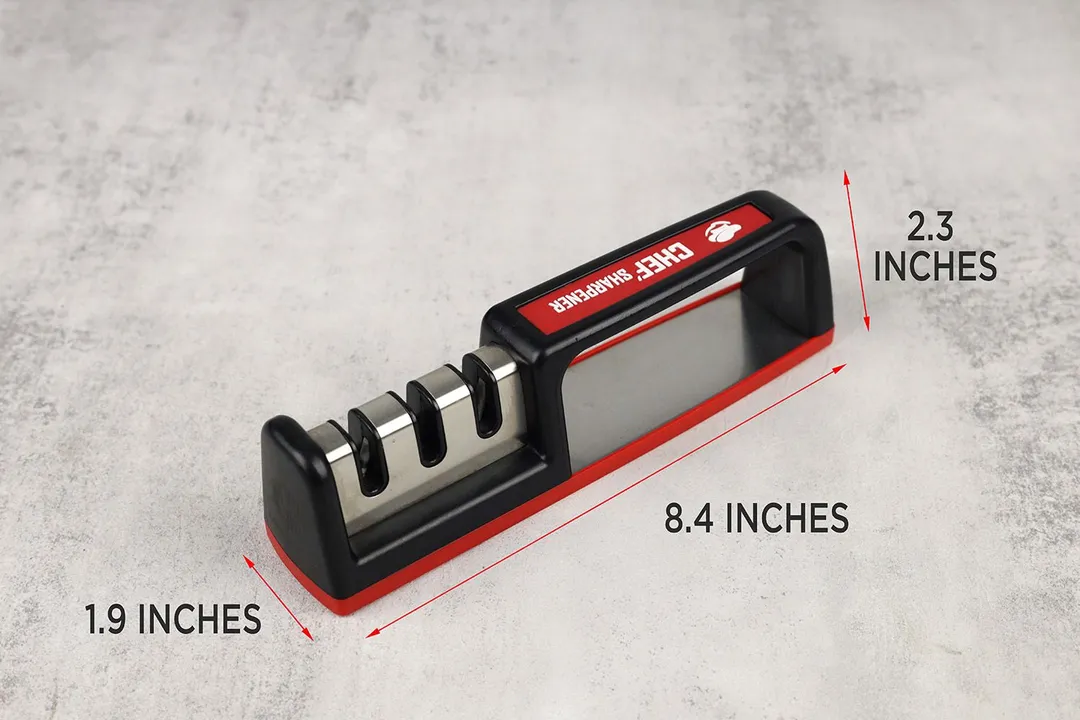
Build Quality
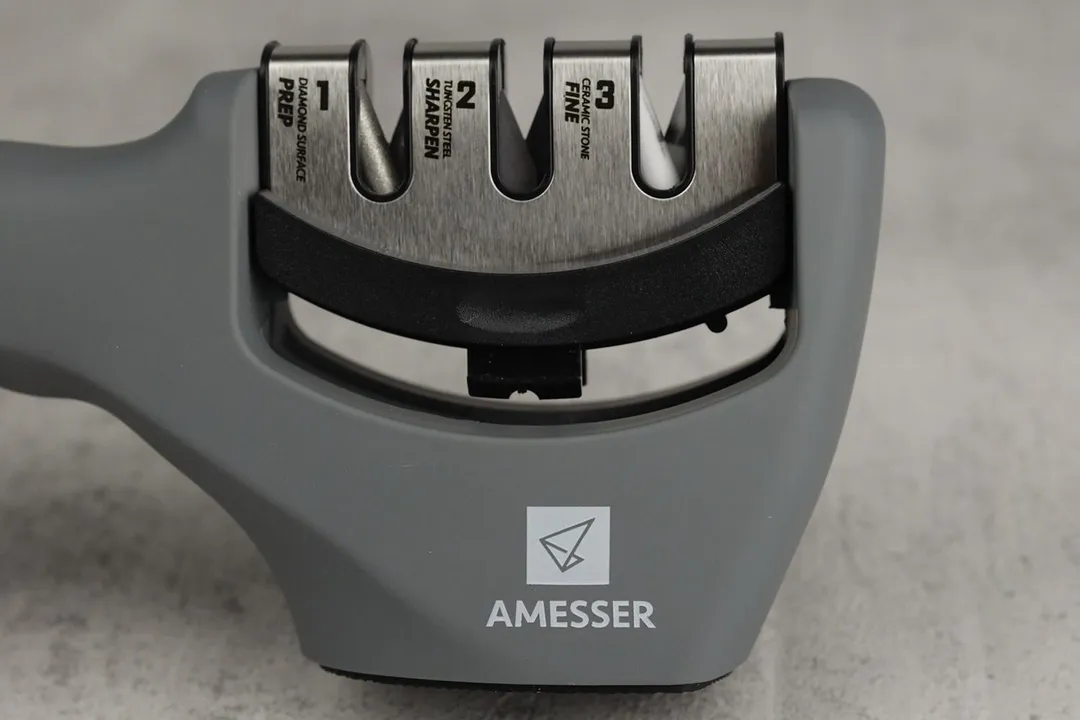
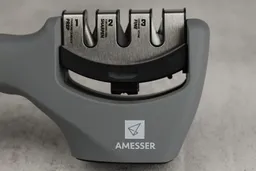
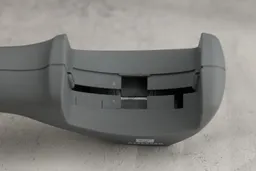
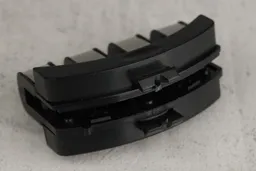
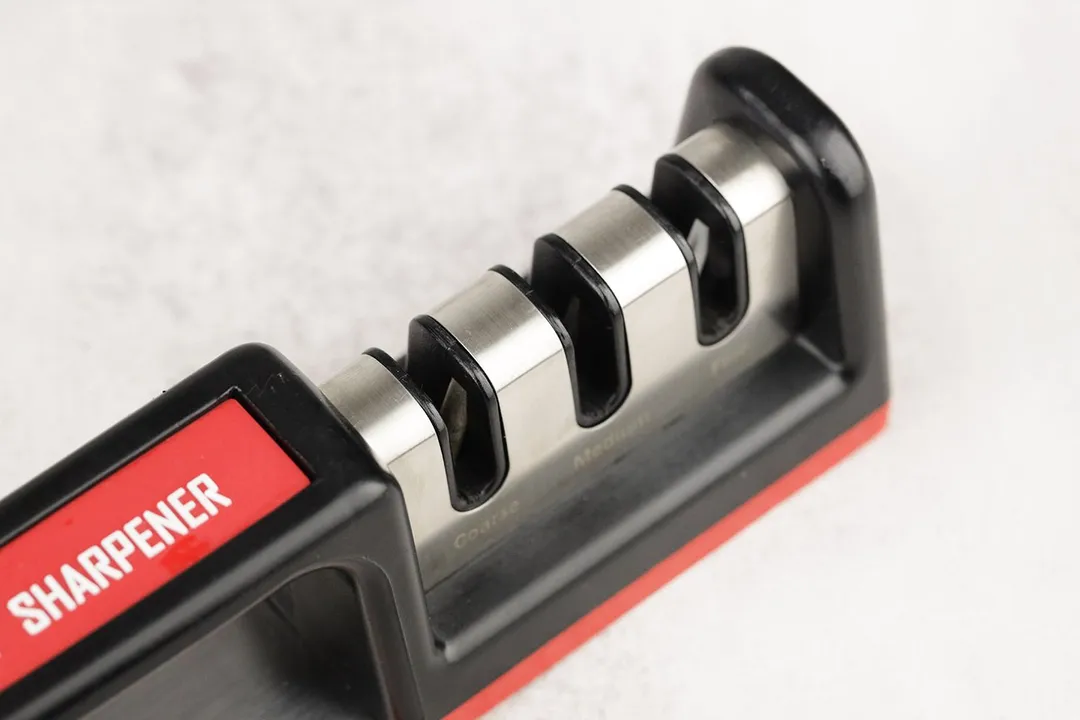
Working Section
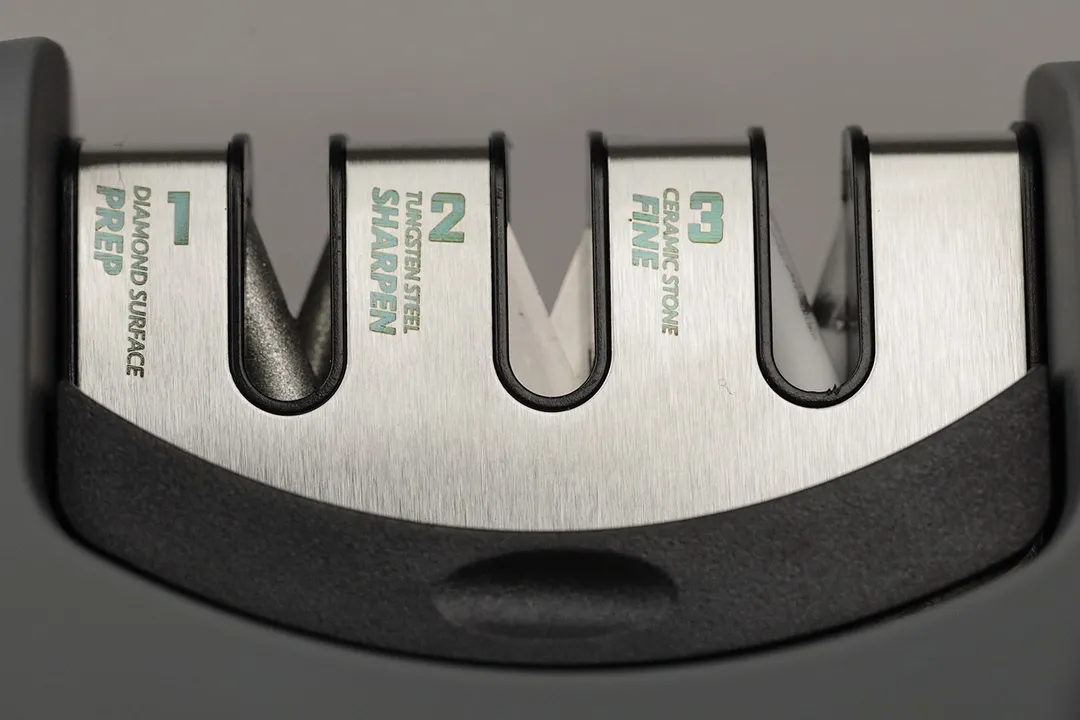
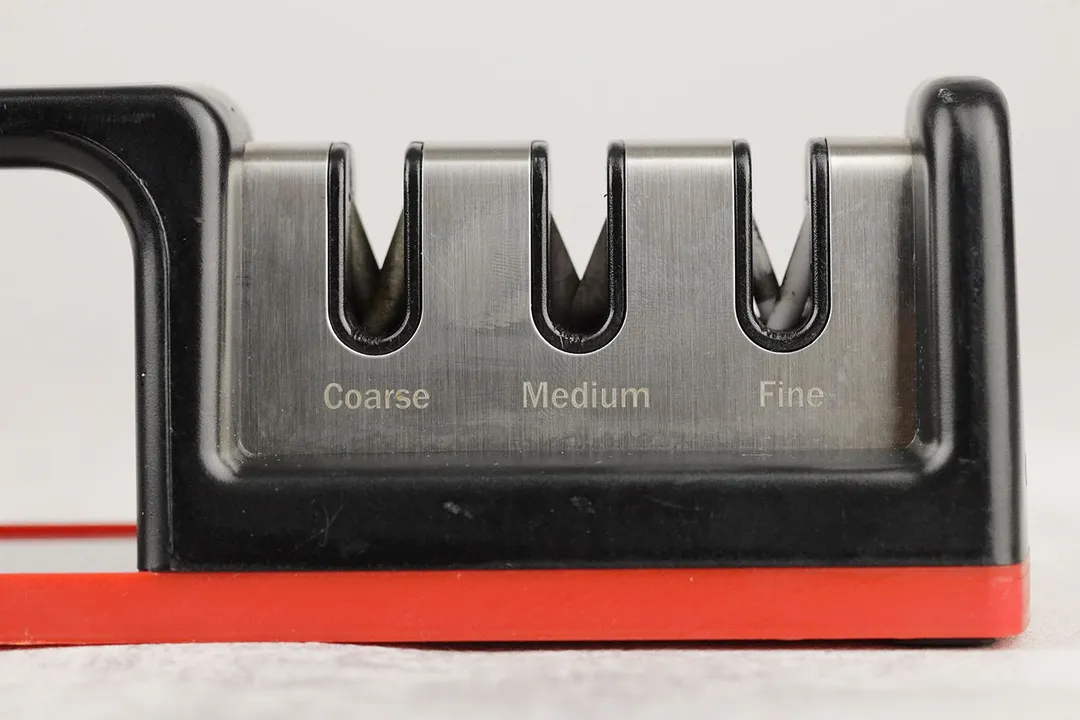
Base
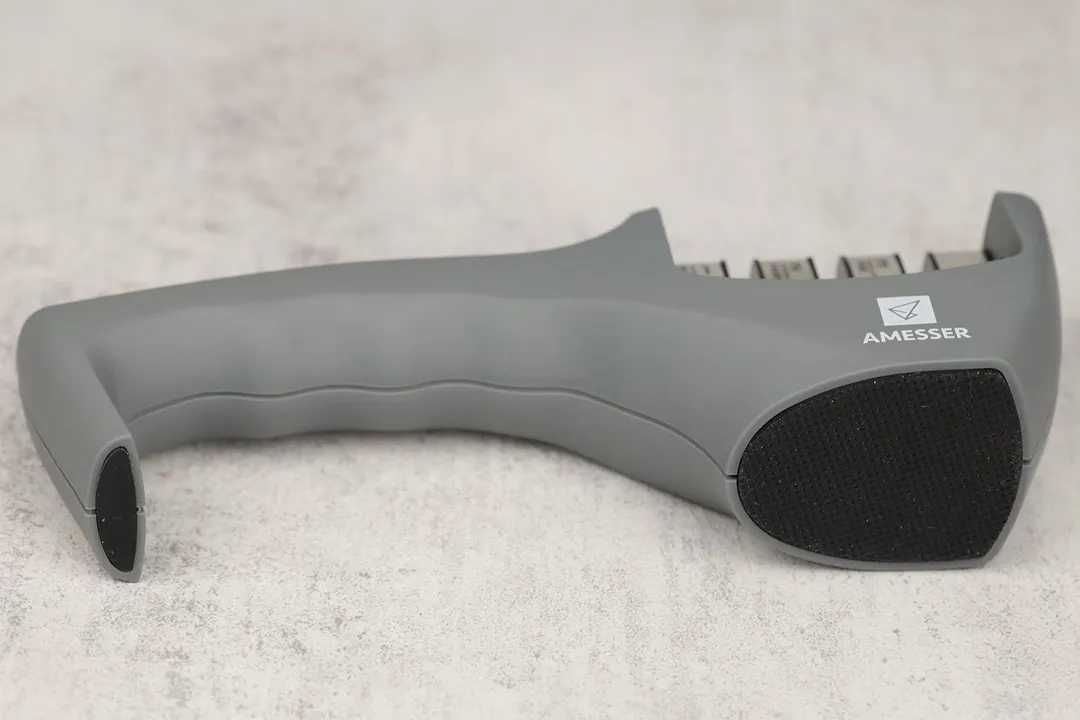
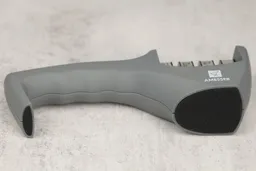
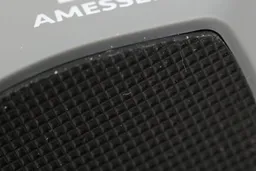
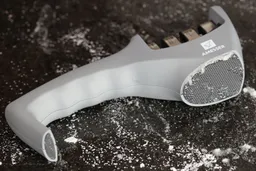

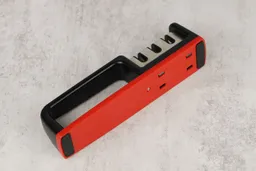
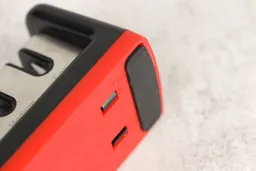
Grip

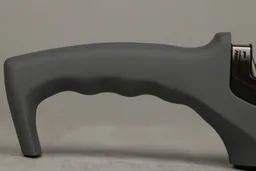

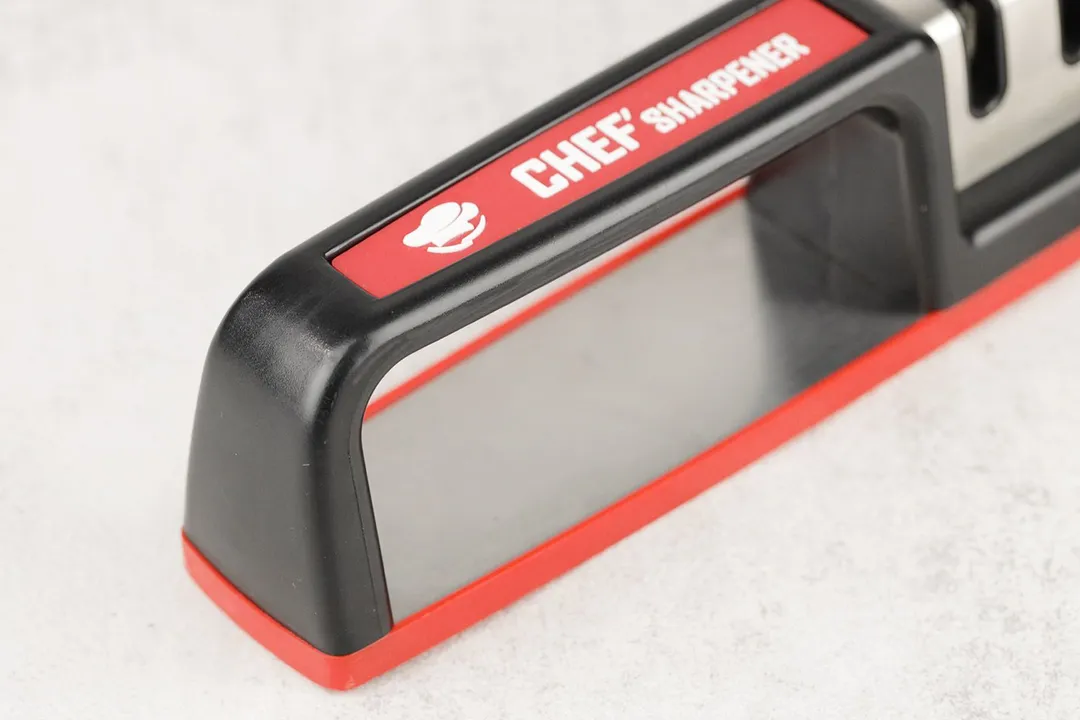
Usability
Slot Arrangement
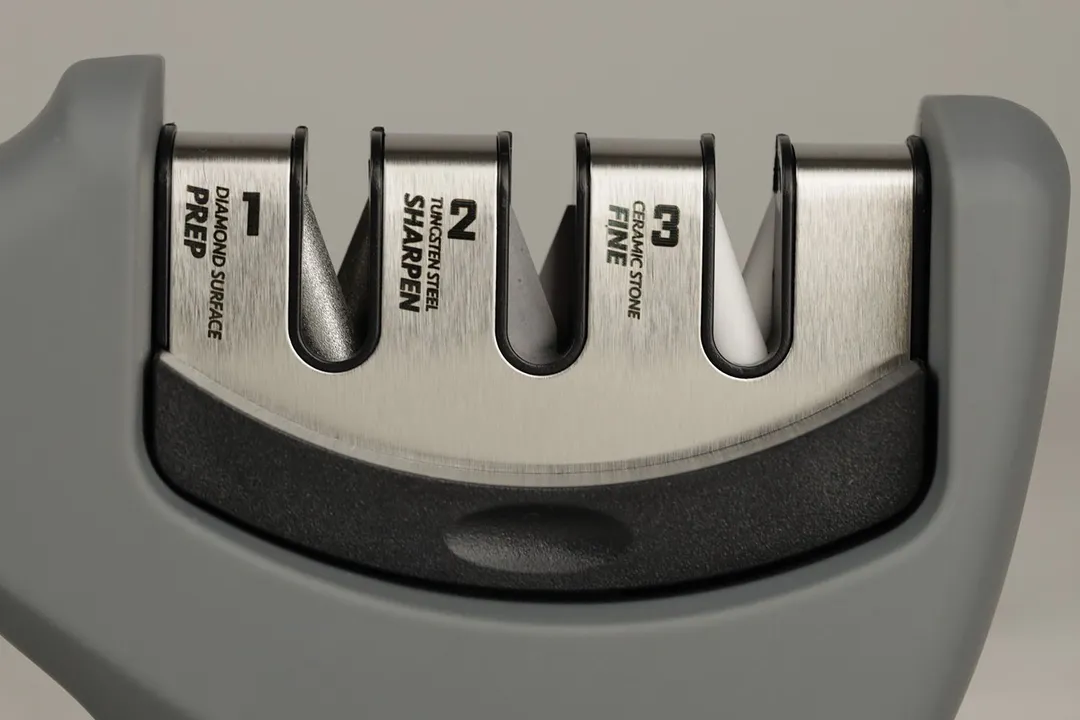
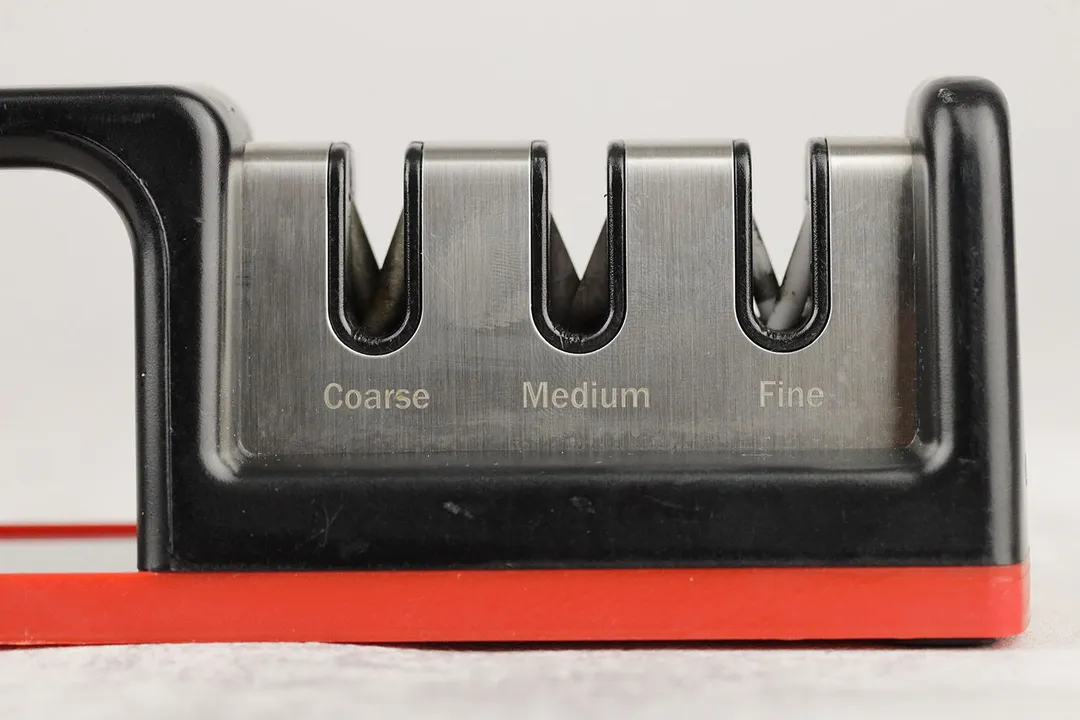
Insertion
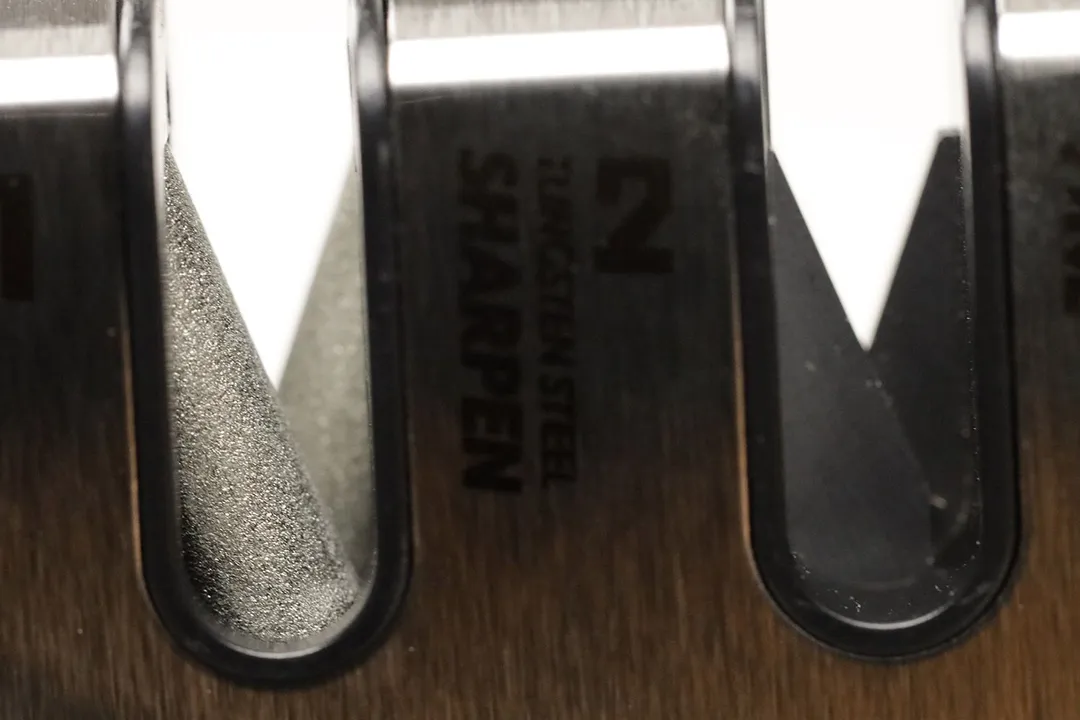
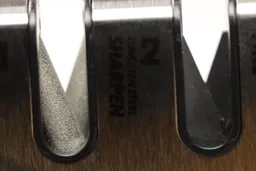
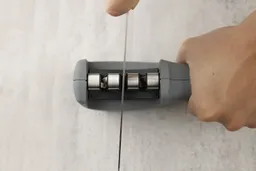
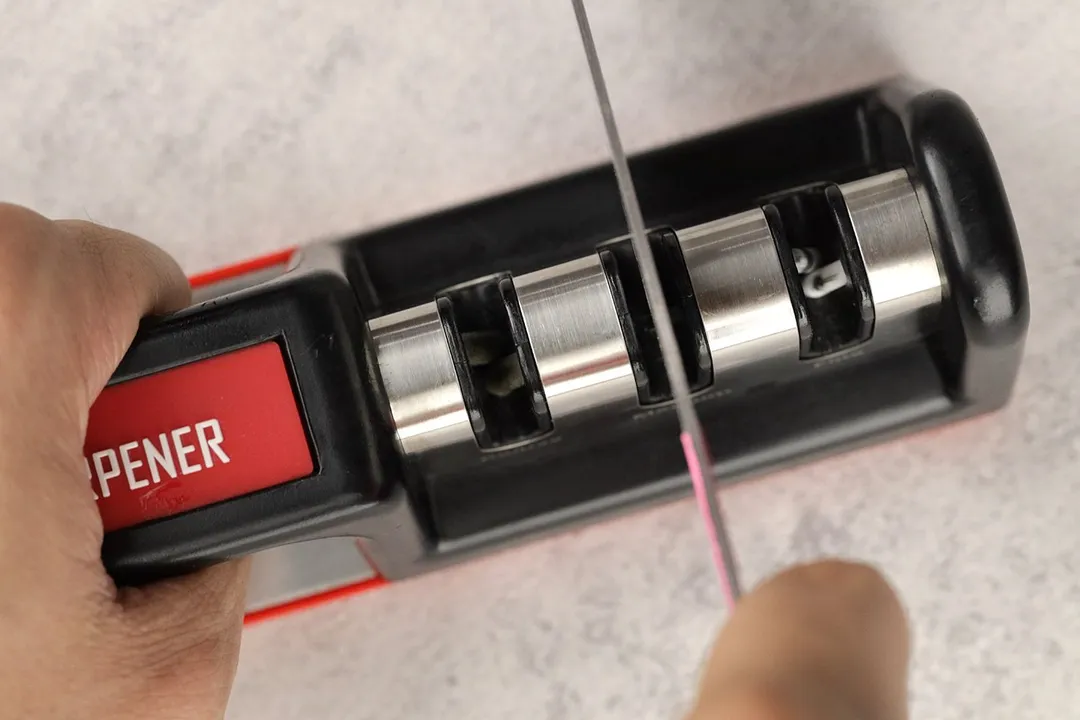
Pulling Through
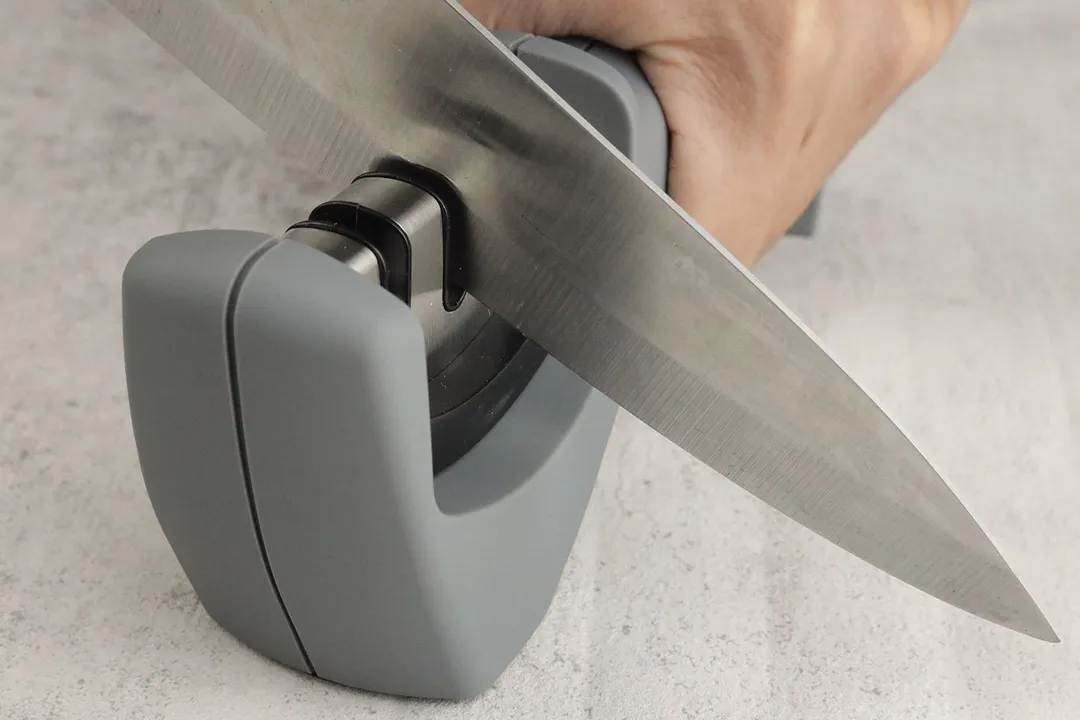
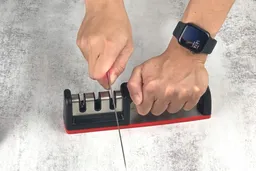
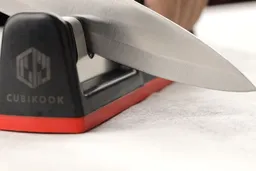
Stability on a Clean Surface
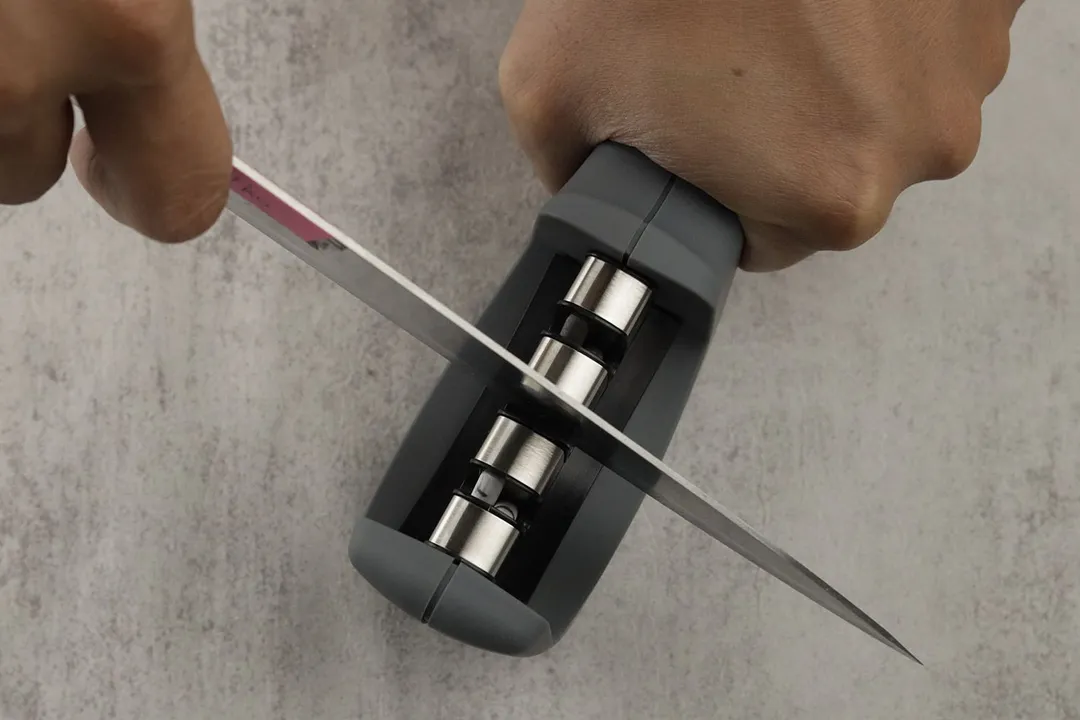
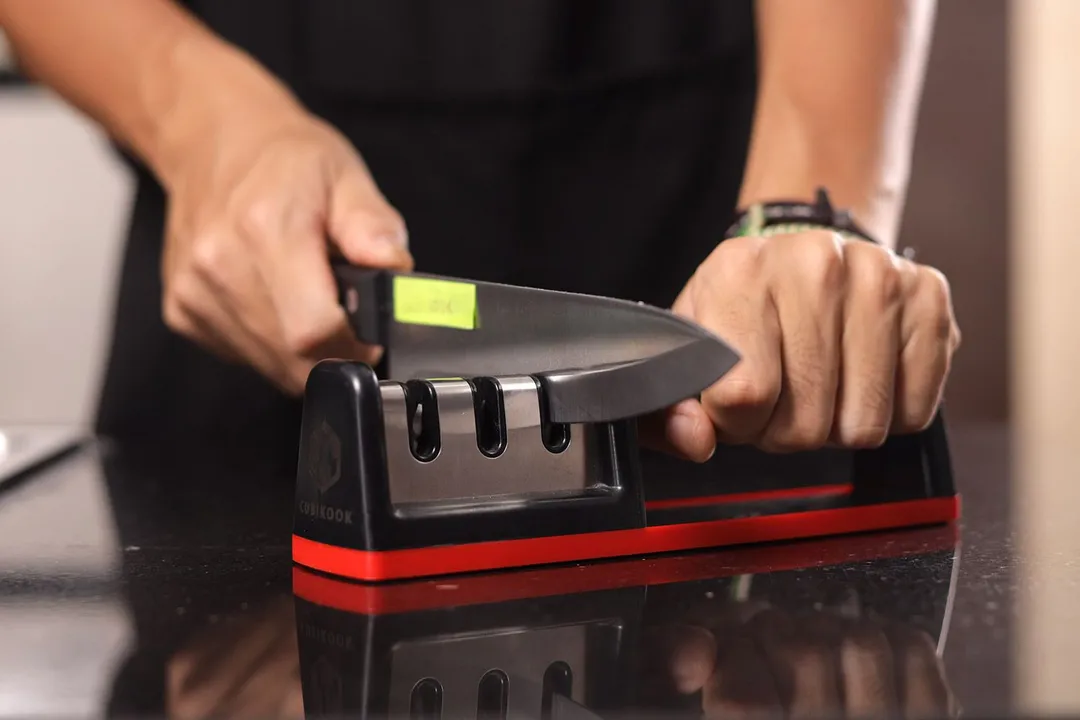
Stability on a Wet and Dirty Surface

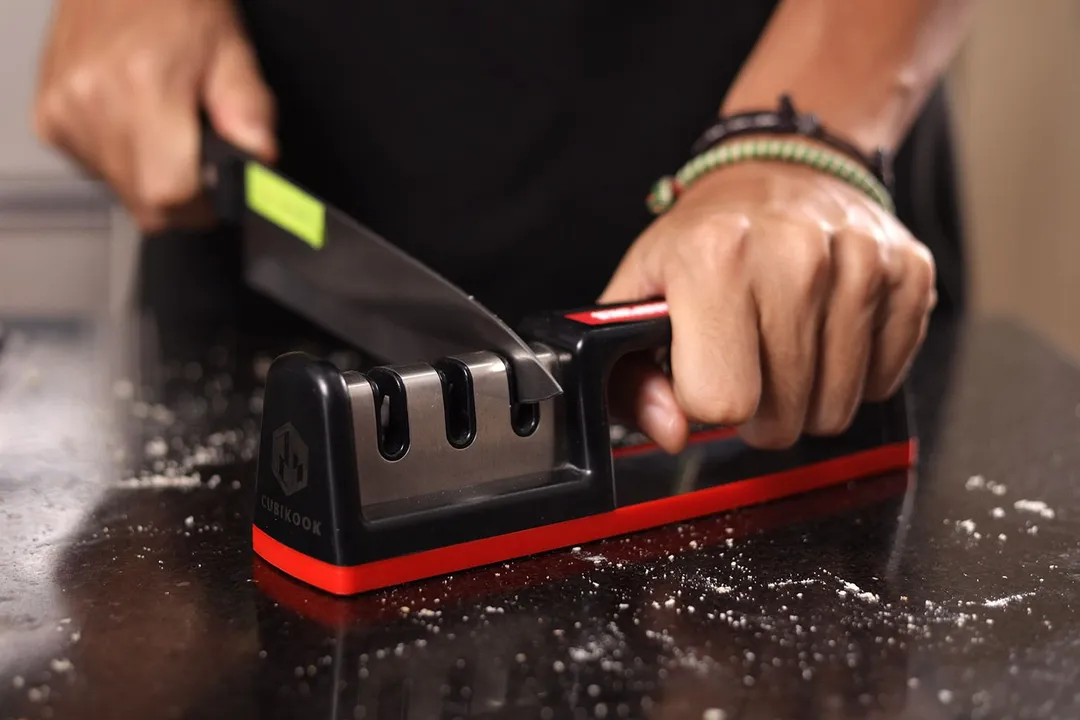
Behind the Comparison
Anh Ngo is a writer with 9 years experience at different media outlets, covering from public news and events to product testing and analysis. At HealthyKitchen101, she works across different departments, communicating closely with its network of writers, editors, and health, tech, and search engine experts to provide a meaningful and pleasant reading experience for visitors.
Lap is Head of the Research, Testing, and Review Team (RTR Team) at HealthyKitchen101.com, where he directs and supervises the testing of kitchen gadgets and appliances.
Nguyen Ntk is a graphic designer, photographer, and videographer whose philosophy centers around respecting and celebrating the beauty of reality. Through his lenses, Nguyen strives to capture the true essence of objects and events, showcasing and highlighting authentic features without distortion or exaggeration.



